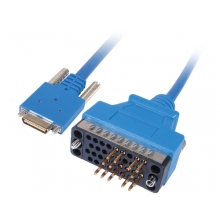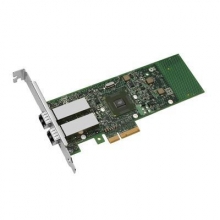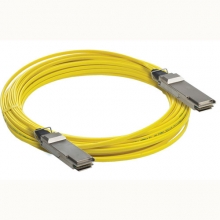- Optical Transceivers
- SFP+ Transceivers
- XENPAK Transceivers
- XFP Transceivers
- X2 Transceivers
- SFP Transceivers
- Compatible SFP
- 3Com SFP
- Alcatel-Lucent SFP
- Allied Telesis SFP
- Avaya SFP
- Brocade SFP
- Cisco SFP
- D-Link SFP
- Dell SFP
- Enterasys SFP
- Extreme SFP
- Force10 SFP
- Foundry SFP
- H3C SFP
- HP SFP
- Huawei SFP
- Intel SFP
- Juniper SFP
- Linksys SFP
- Marconi SFP
- McAfee SFP
- Netgear SFP
- Nortel SFP
- Planet SFP
- Q-logic SFP
- Redback SFP
- SMC SFP
- SUN SFP
- TRENDnet SFP
- ZYXEL SFP
- Other SFP
- FE SFP
- GE SFP
- OC3 SFP
- OC12 SFP
- OC48 SFP
- Copper SFP
- CWDM SFP
- DWDM SFP
- BIDI SFP
- Fiber Channel SFP
- Multi-Rate SFP
- SGMII SFP
- Compatible SFP
- GBIC Transceivers
- Passive Components
- Networking
- Cables
- Equipments
- Tools
- Special Offers


Why are 40 Gbps module vendors struggling?
As Niall Robinson, Mintera's VP of Marketing, commented in one of his presentations, the road for 40 Gbps products has been a long and winding one. Striving to optimize performance of 40 Gbps transmission systems, vendors developed several generations of transponder modules: DPSK, DQPSK, and coherent modules. Mintera was on the leading edge of product development cycle for DPSK modules but fell behind as the industry moved to DQPSK and coherent modulation formats. CoreOptics and Stratalight also had problems developing a profitable business, as sales volumes of 40 Gbps modules remained limited and the economic downturn of late 2008 and early 2009 slowed deployments of 40 Gbps systems. Market data collected by LightCounting shows that sales of 40 Gbps DWDM transponders reached only $54 million in 2009.
While the economic downturn was a temporary factor limiting shipments of 40 Gbps modules, the main problem is that leading system vendors, including Alcatel-Lucent, Ciena, and Huawei, design and manufacture 40 Gbps DWDM interfaces internally instead of relying on transponder vendors. LightCounting estimates that more than 60% of 40G DWDM ports shipped in 2009 were based on interfaces manufactured internally by system vendors. While transponders sales are likely to increase in 2010, they will probably account for only 30% of the total 40G DWDM ports, marginalizing the market opportunity for transponder vendors. Transition to 100 Gbps products is unlikely to improve this situation, as even higher percentages of 100 Gbps ports will be made internally.
Developing technology for high-data-rate interfaces in house gives equipment manufacturers more opportunities to differentiate their products on cost and performance and to maintain higher margins. Alcatel-Lucent and Nortel (now Ciena) invested heavily in the development of 40G systems starting in the late 1990s and managed to preserve at least some of this expertise in houseenough to internally develop 40 and 100 Gbps coherent technology. Huawei entered the development race years later, but it seems to be leading in sales of 40 Gbps products today. Cisco surprised the industry by taking CoreOptics operations in house and thus gaining a strong position at 40G and a head start on 100G product development.
In these circumstances, it would make more sense for Mintera to find a buyer among other system houses focused on high-data-rate transport, such as Fujitsu Networks or Nokia Siemens. Apparently, Mintera just could not find the right fit. It also possible that not all system vendors are willing to commit to internal developments of 40G and 100G interfaces and are planning to rely on products offered by transponder suppliers. This is certainly the case for midsize equipment suppliers, who simply cannot afford or do not have infrastructure to support internal developments of high-data-rate DWDM interfaces.
Oclaro clearly took advantage of the situation, acquiring Mintera's top-notch engineering team and existing customer relationships. If everything goes well, this acquisition could help Oclaro to sort out its 40G and, more importantly, 100G product offerings. Inheriting Lithium Niobate technology from Avanex and Indium Phosphide modulators from Bookham, there is plenty to choose from. As always, execution and timing will be the key factors.



















































